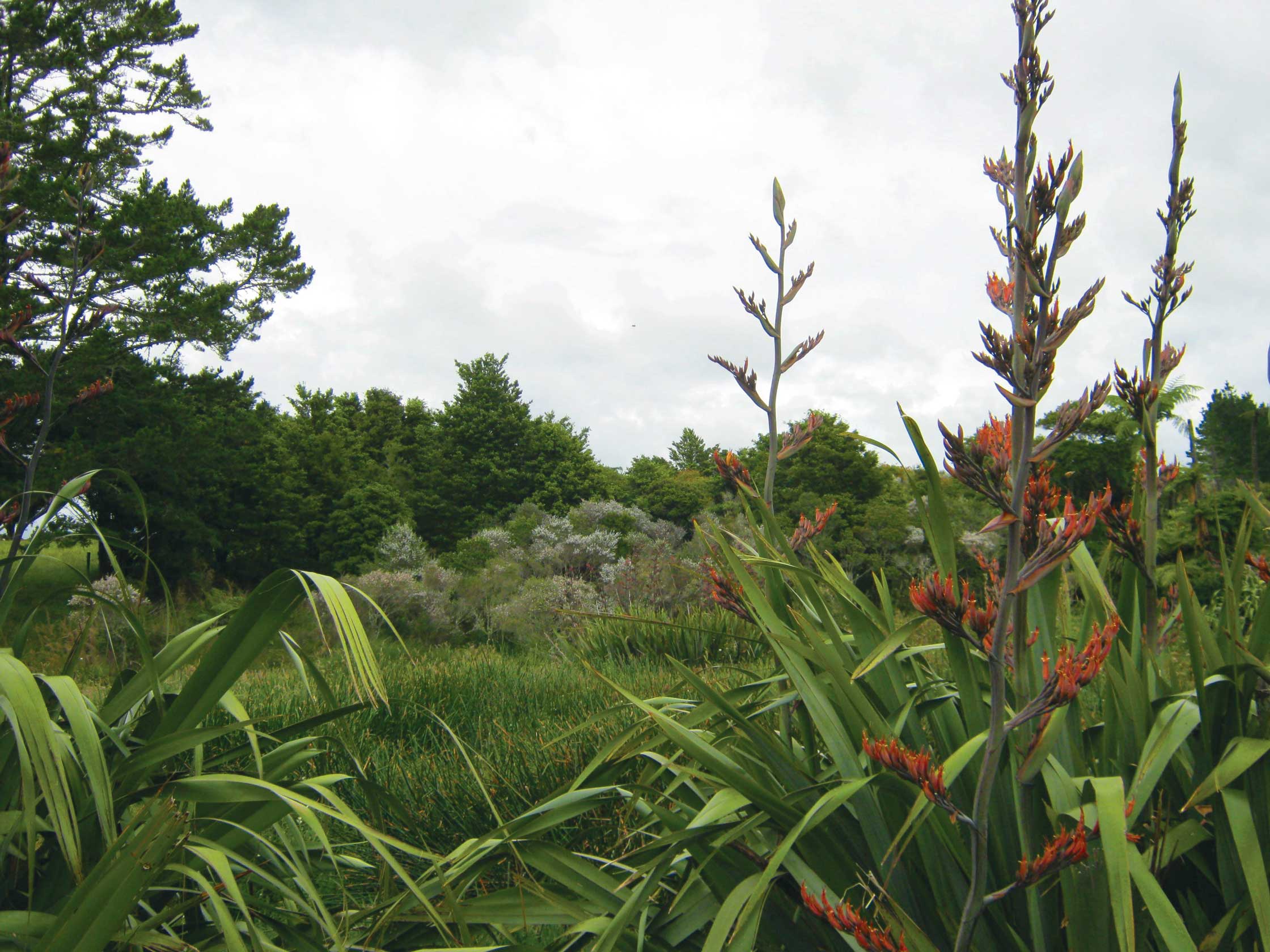Check before earthworks, vegetation clearance; NRC
1 Mar 2024, 1:40 PM
Northland landowners are being advised to check they will not be affecting a wetland before starting any earthworks or vegetation clearance works on their property.
Tess Dacre, Compliance Monitoring Manager for the Northland Regional Council (NRC), says since Christmas, the council had received several reports of wetland incidents, ranging from vegetation clearance to earthworks, including draining works.
Penalties for Resource Management Act (RMA) breaches, such as draining a wetland, include an up to $600,000 fine for a company and $300,000 fine for an individual. The NRC currently has two ongoing prosecutions involving prohibited works within and around wetlands.
Wetlands occur in areas where surface water collects or where underground water seeps through to the surface and Northland has nine different types.
“There are many different kinds of wetland; some of these include swamps, bogs, marshes, gumlands, saltmarshes, mangroves and some river, lake and stream edges, however, it’s important to remember that not all wetlands are wet, especially during the warm summer months,” Ms Dacre says.
“Some wetlands can be dry for months at a time, often coinciding with the earthworks season that typically runs from October to May.”
She says some people are also unaware that ‘induced wetlands’ (wetlands that have appeared as a result of human activity) hold the same status as a natural wetland in terms of rules and even mowing wetland areas are not allowed for as it is considered vegetation clearance.
“There are also setbacks and provisions around diverting stormwater away from wetland that would otherwise be feeding a wetland.”
Ms Dacre says the council is urging anyone who may have a wetland on their property to check it will not be affected before they begin any earthworks or vegetation clearance works.
“It’s important to note that the rules apply to wetlands regardless of their size and perceived ecological value.”

One of the many wetlands in Northland.
Ms Dacre says people wanting advice about looking after their wetland should contact the council’s Biodiversity Team.
“We would much rather people contact us proactively than risk damaging wetlands and potentially exposing themselves to enforcement action.”
Ms Dacre says wetlands essentially act as giant ‘sponges’, helping to soak up water and boost water quality.
“The plants in them slow the flow of water off the land so that, in times of flood, more can be absorbed into the soil and taken up by the plant life. In summer, stored water is slowly released from wetlands, maintaining water flows.”
“Not only do they serve a crucial role in the environment – because they help prevent flooding and improve water quality – wetlands also provide a habitat for a number of unique species of plants and animals, many of which are rare.”
Bacteria in damp wetland soils contribute to cleaner water by absorbing and breaking down nutrients from fertilisers, chemicals and animal wastes.
“Wetland plants trap waterborne sediment, preventing silt entering streams and harbours and also provide an enormous food source for fish, birds and other animals.”
Culturally, wetlands are also an important taonga to Māori.
More information on wetlands can be found on the regional council’s website at www.nrc.govt.nz/wetlands
